Apple's latest iPhone releases have sparked intense curiosity about their real-world durability. With the iPhone Air being Apple's thinnest phone (5.64mm) and the iPhone 17 Pro featuring new aluminum unibody designs, tech enthusiasts are eager to see how these devices hold up under extreme conditions. Thin is in, but durability still matters. Recent testing reveals a fascinating story of engineering triumph and persistent vulnerabilities that every potential buyer should understand.
Your habits matter. iPhone Air's internal layout and 5.64 mm thickness have so far shown no undue flexibility in teardowns, but long-term data is limited. Scratch resistance is improved versus prior models, but hard objects can still mark or scratch glass, so a screen protector remains recommended.
For drops, protective gear remains essential, especially since reviewers and teardown teams have reported anodized aluminum edges (notably near the camera plateau) are prone to scuffs, though some marks may be material transfer and removable, and others are true scratches.
Apple claims that Ceramic Shield 2 enhances scratch and crack resistance (advertised as ~3 times better scratch resistance). Choose a case wisely if you go Pro to protect the frame and preserve function and resale.
Bottom line: Apple has pushed bend resistance and scratch protection forward, addressing the structural concerns that have plagued ultra-thin phones since the iPhone 6, and delivering screens that resist most everyday wear. The iPhone Air shows that smart engineering can overcome thinness limits, and both models should stay fresh-looking longer than earlier generations. Drops are still ruled by physics, and the material choices reflect different priorities: maximum rigidity and scratch resistance on the iPhone Air, sustained performance and thermal headroom on the iPhone 17 Pro. Pick based on what you value, then plan your protection accordingly.




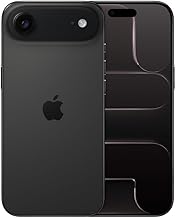

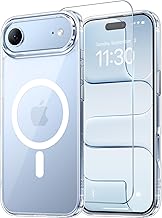
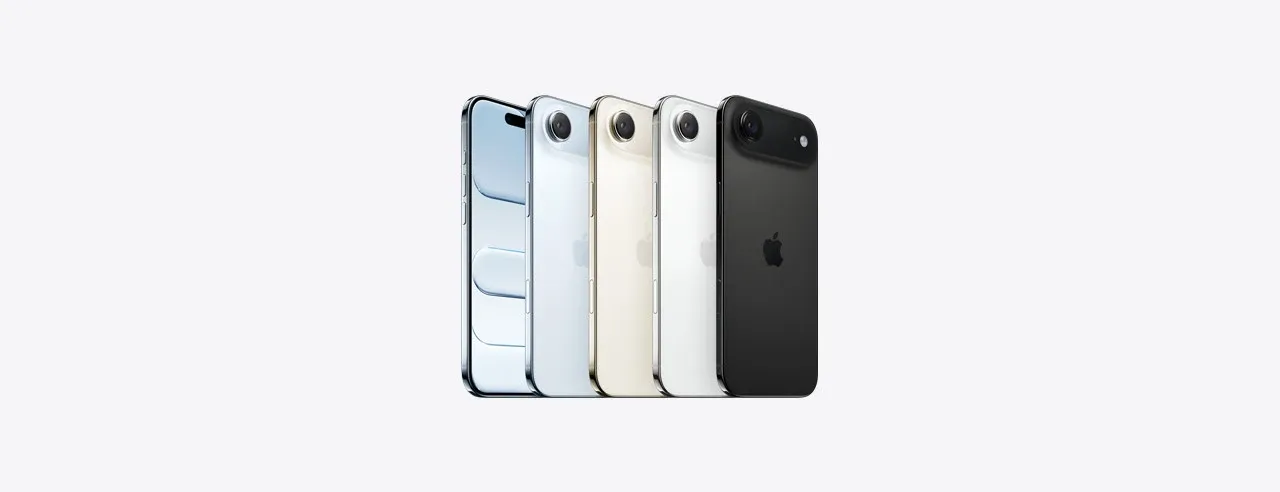
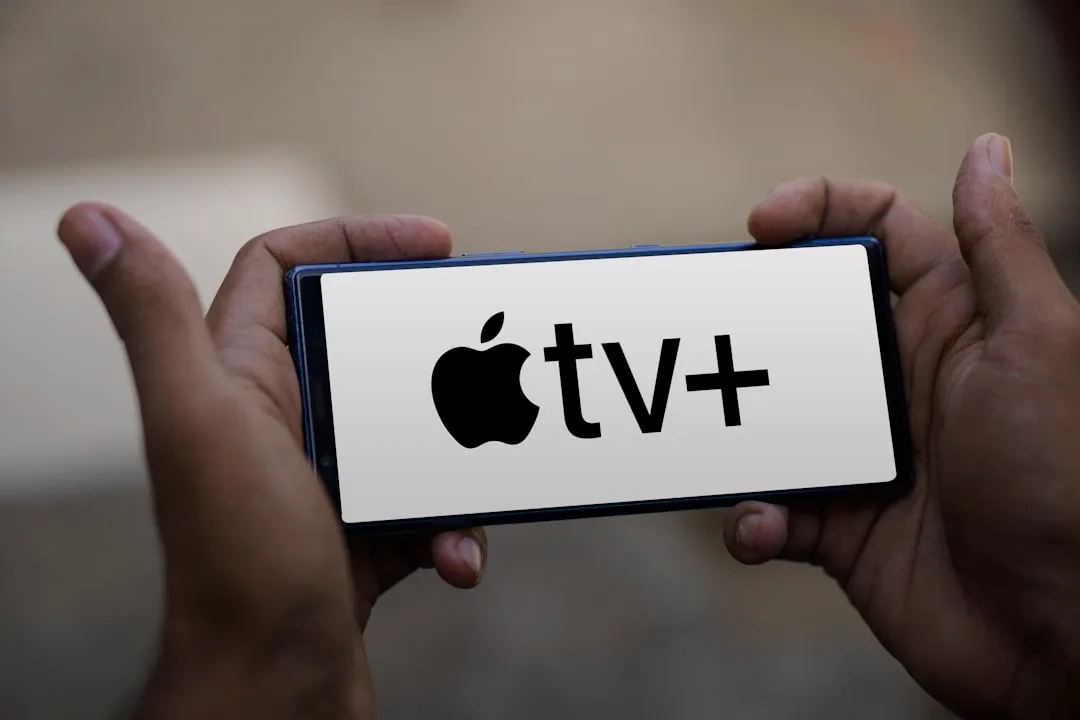

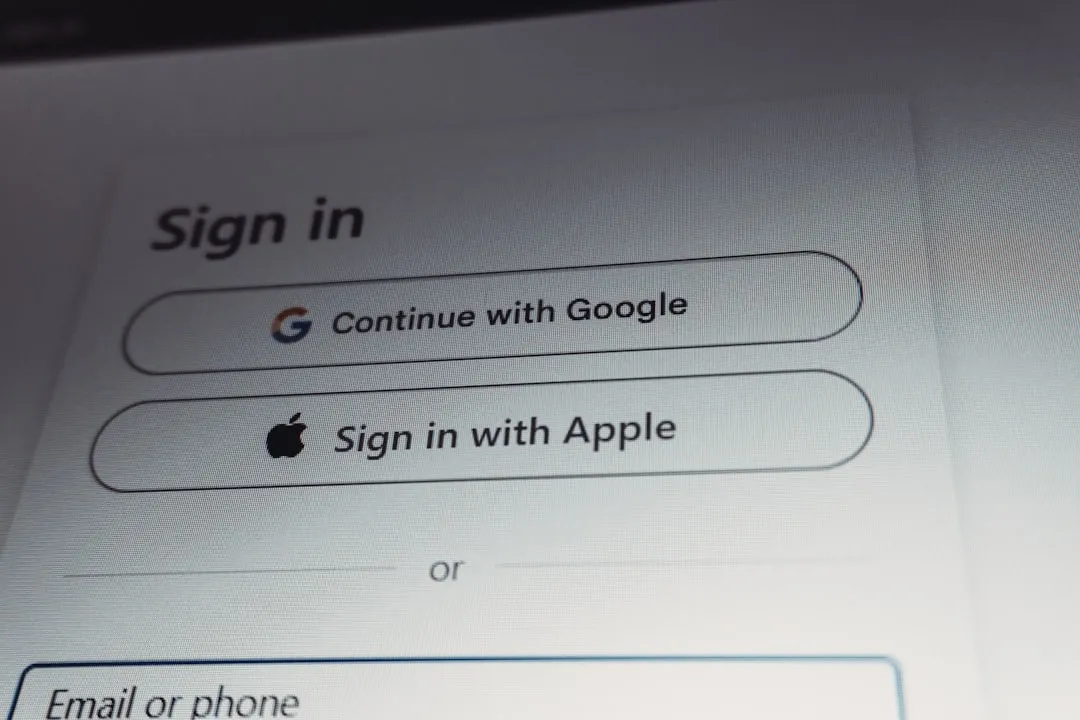
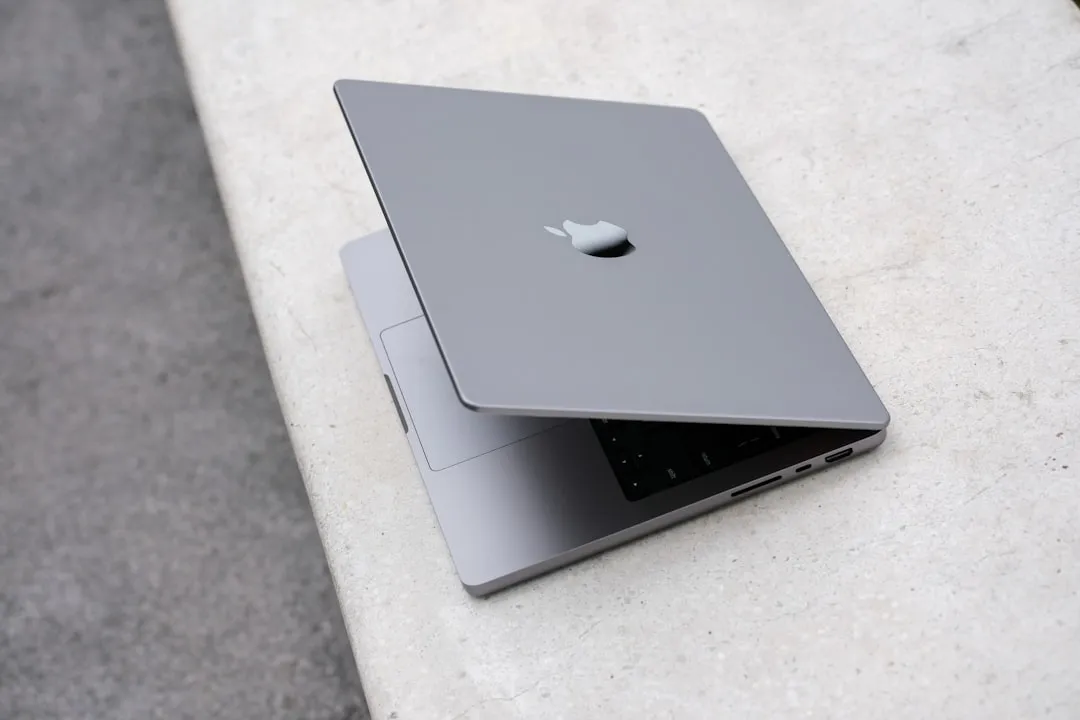
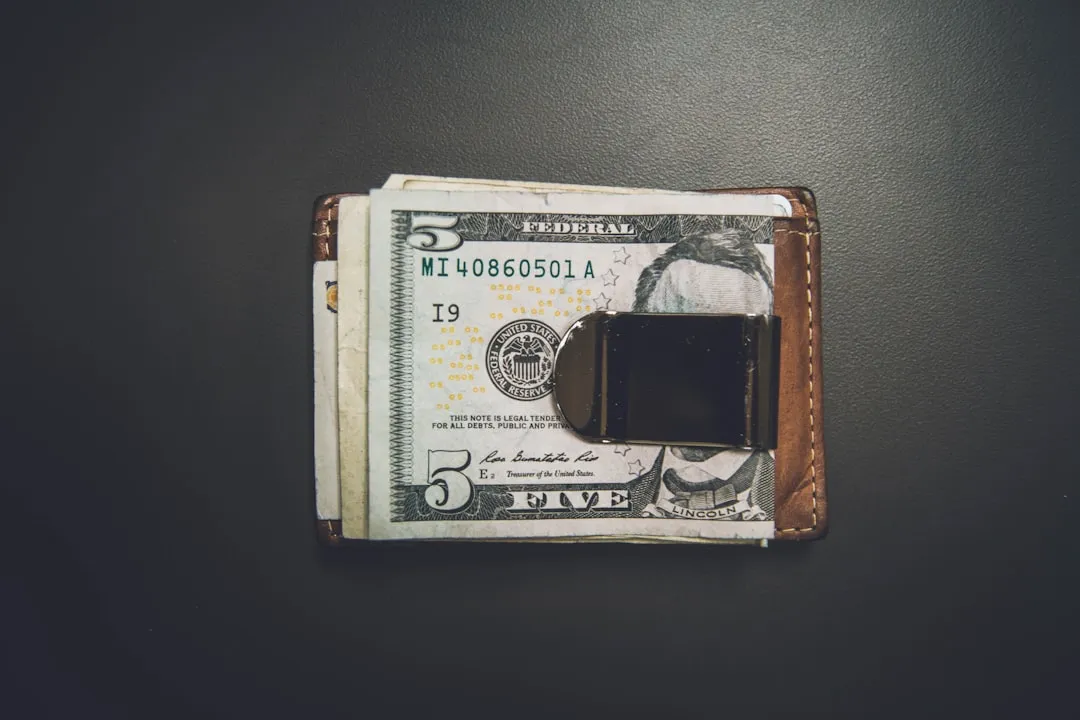

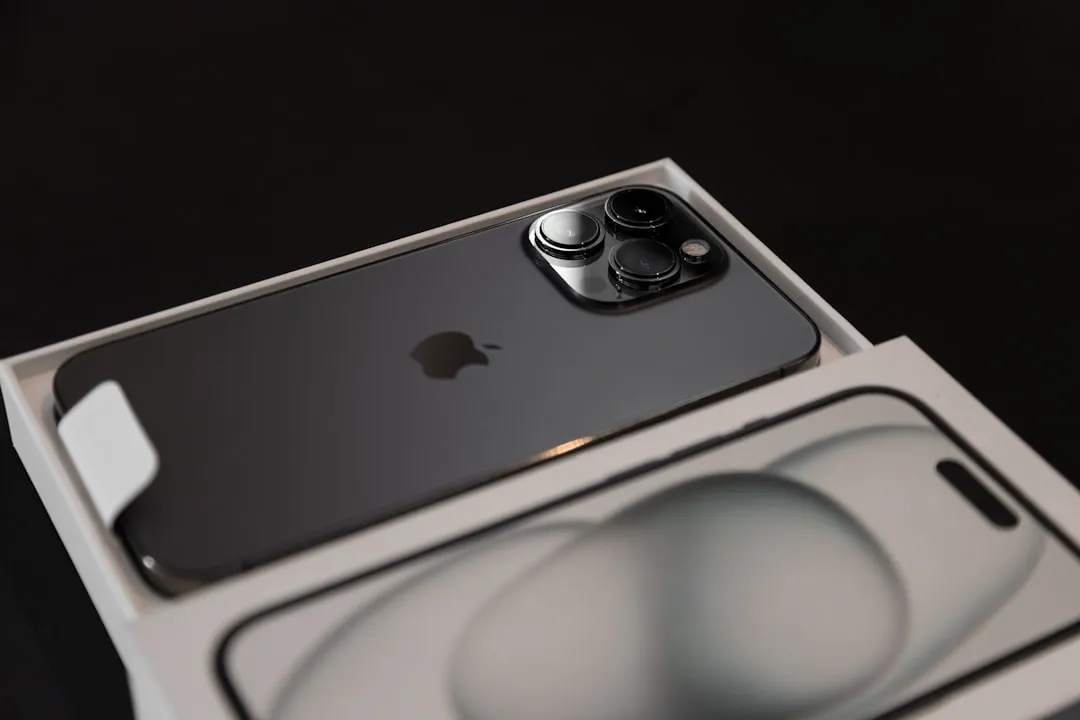
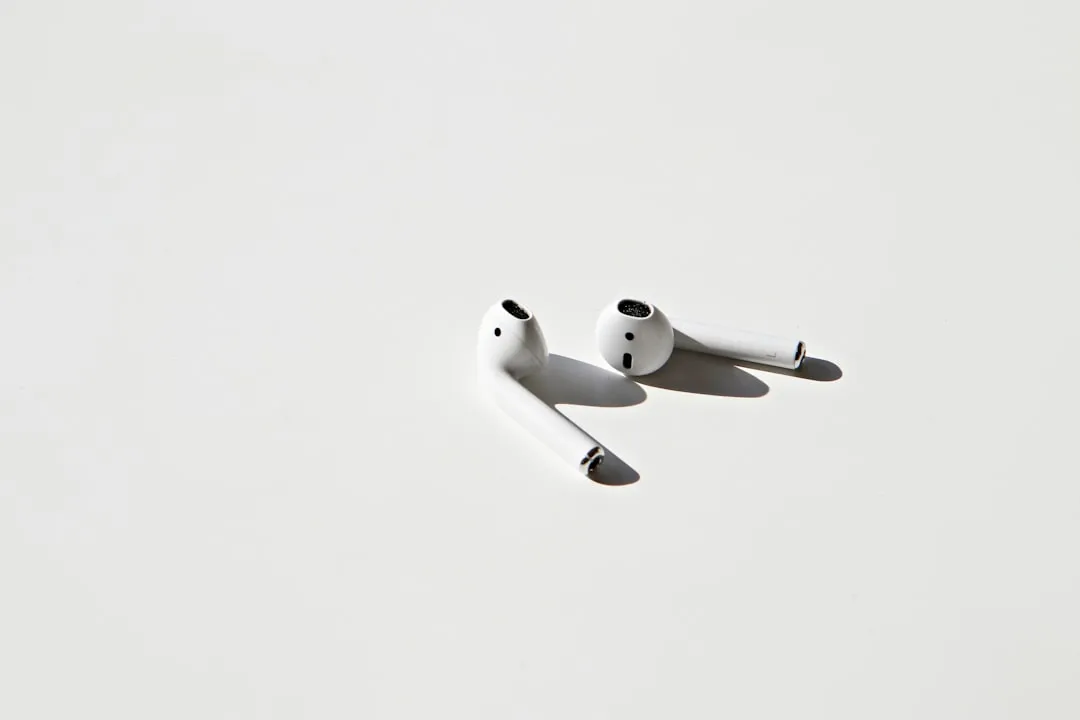
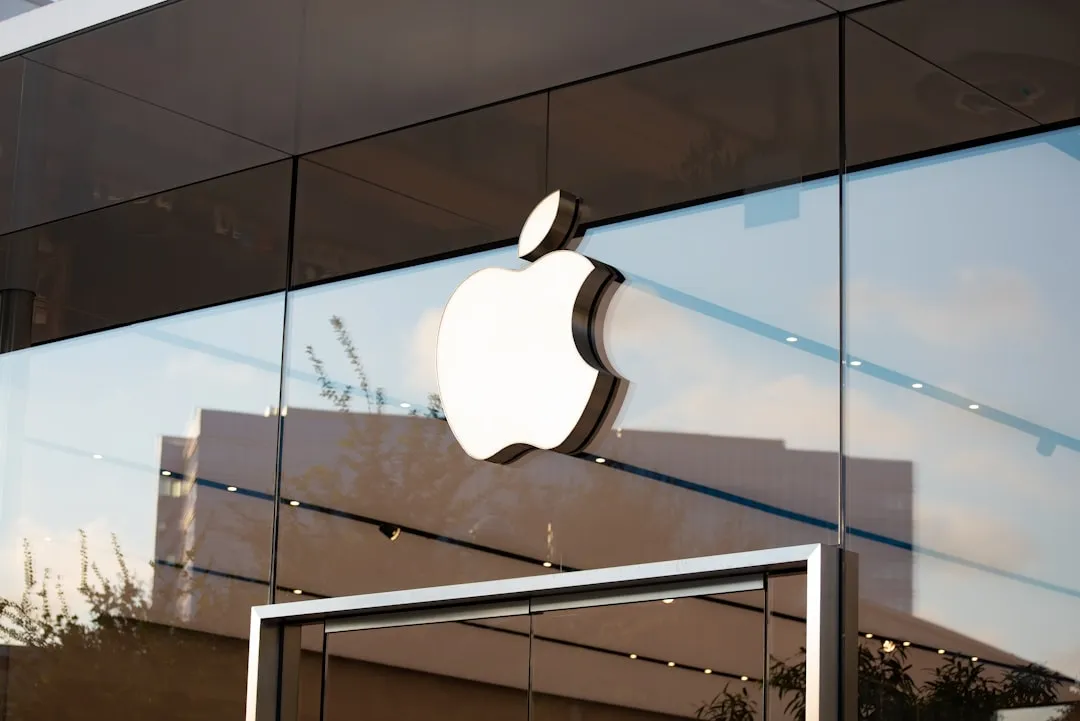

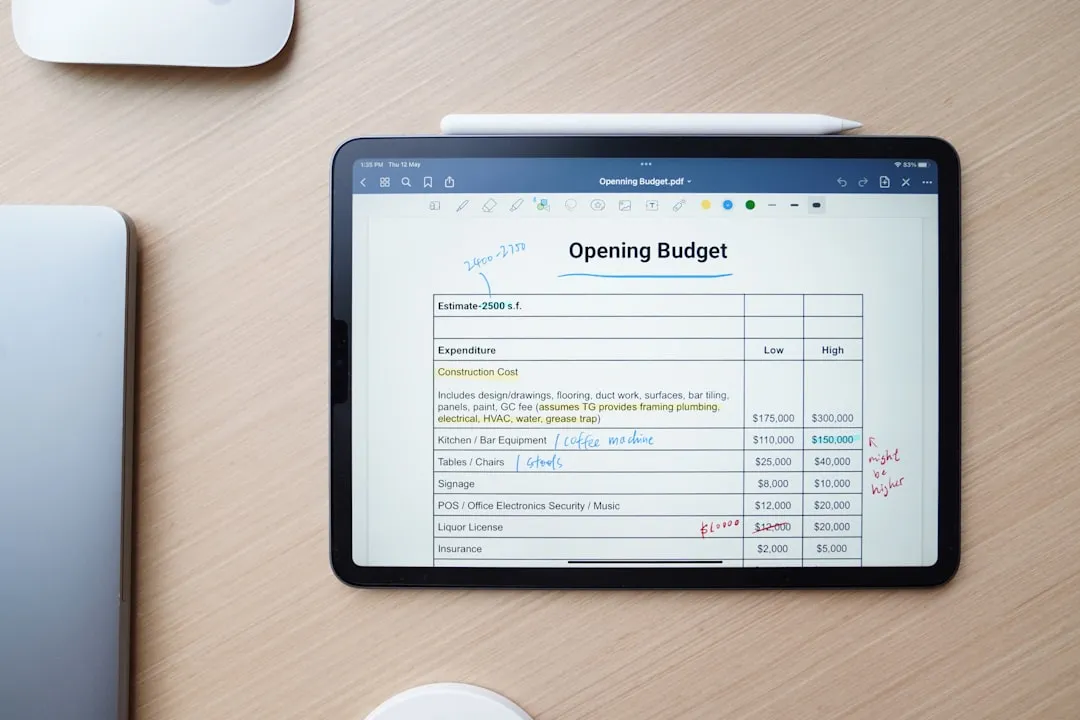





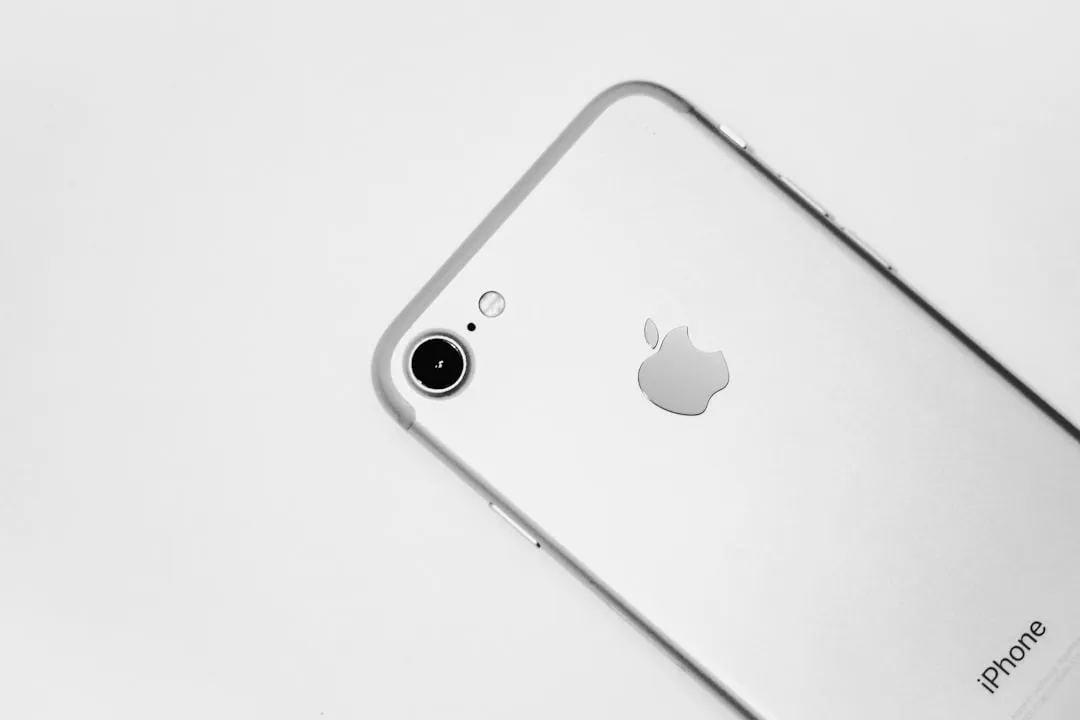
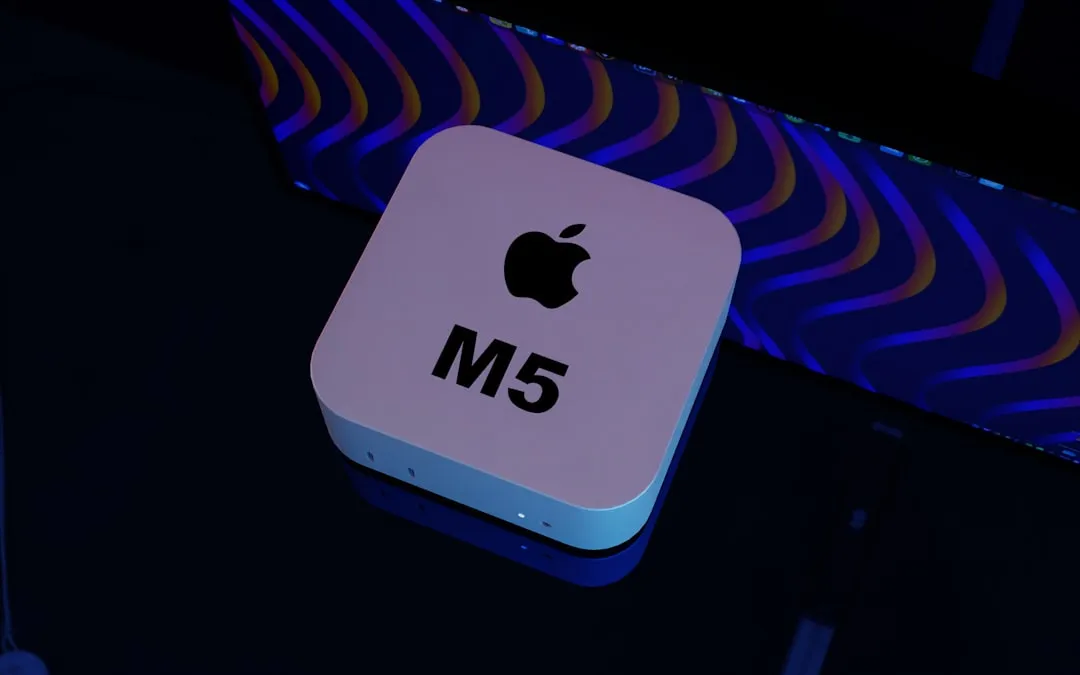
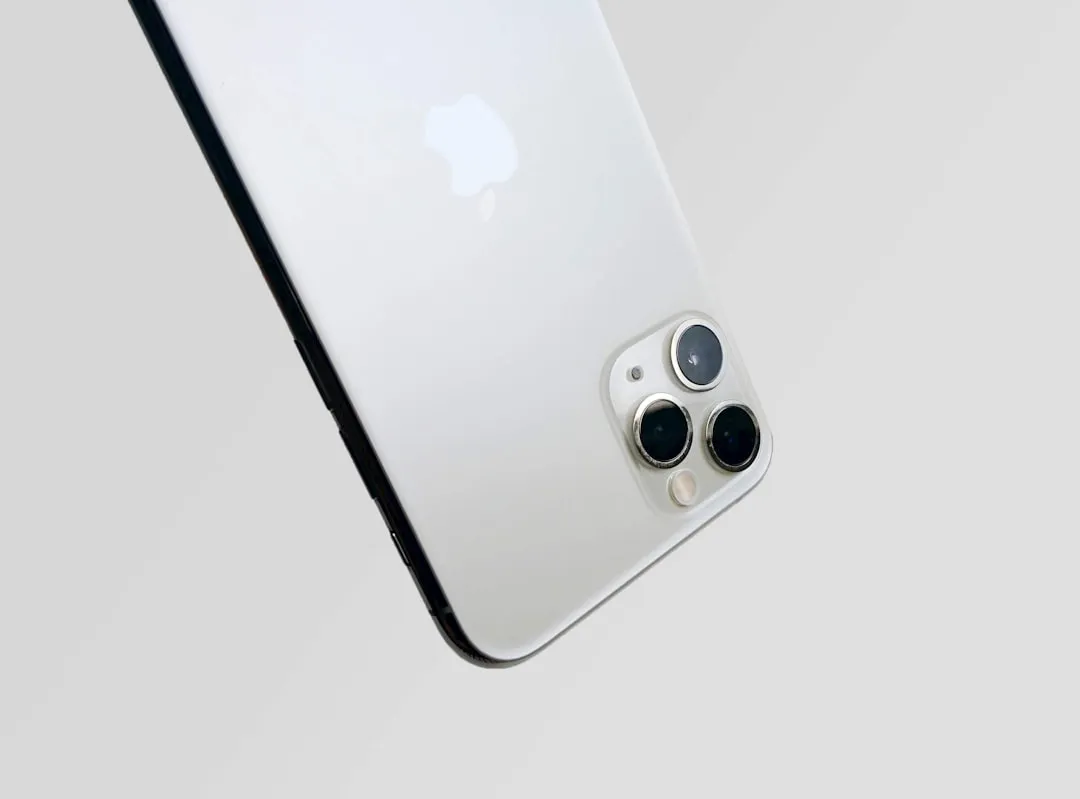
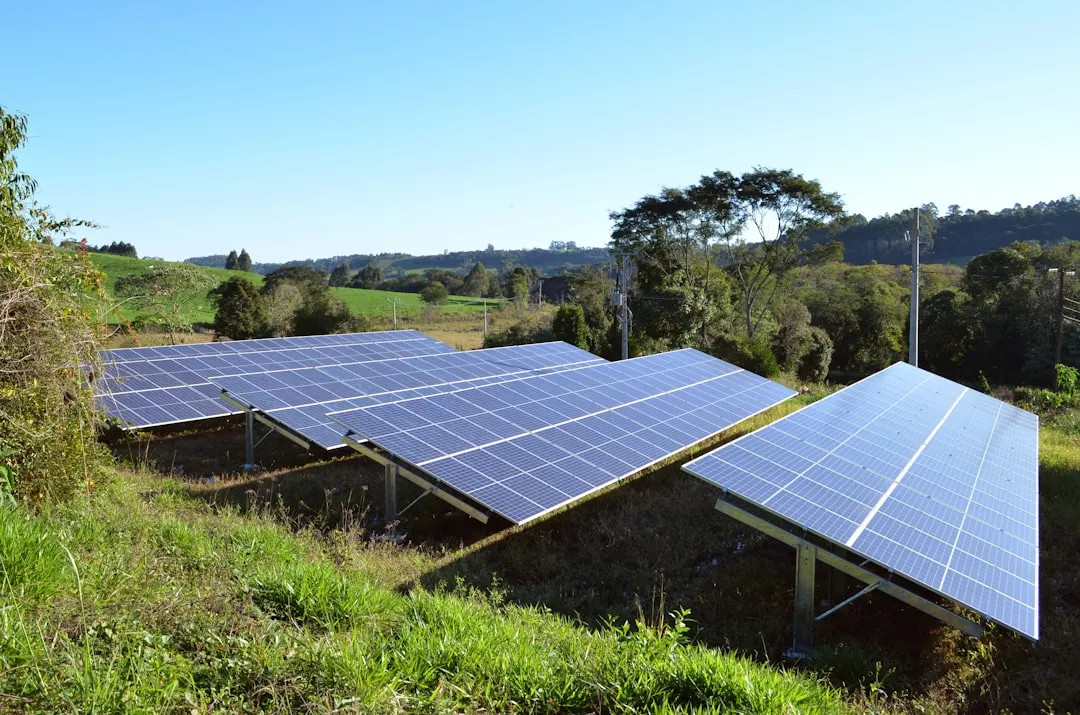
Comments
Be the first, drop a comment!